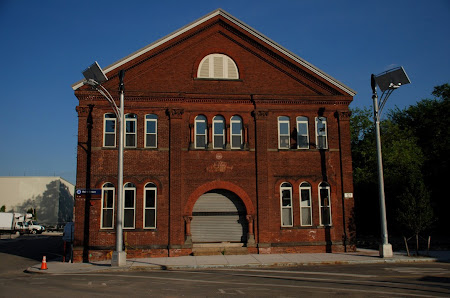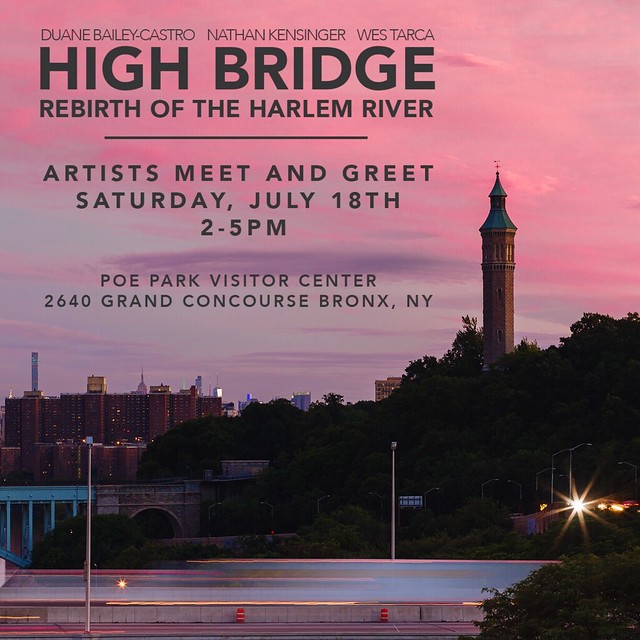The San Francisco Police Athletic Club
 July 29th, 2010 -
July 29th, 2010 -
The San Francisco Naval Shipyard was declared a Superfund Site in 1989 and is a now a 936-acre dead zone on the San Francisco Bay. Accordingly, it has long been a source of inspiration for my photography. There are many strange things to see in the yard, which is also known as the Hunters Point Naval Shipyard. It contains the remains of both the former "World's Tallest Industrial Escalator" and the former "World's Largest Crane." It houses an abandoned diner located across from an abandoned cryptology & periscope building. Gamma radiation is seeping up from the ground and unknown pesticides are floating in the air, according to the Agency for Toxic Substances and Disease Registry.
One of the strangest things inside the shipyard is the abandoned San Francisco Police Athletic Club. Also known as Building 120, this was once a canteen and enlisted men's club, according to the SF Planning Department. As recently as 2002, it was a thriving boxing gym, home to a "stable of amateur fighters," according to SF Weekly. Today, however, the building feels like a sealed time capsule from 1985. Out back, there is an empty swimming pool and a rotting Tiki bar. Inside, dozens of dusty weight lifting machines have been left to rust. An old arcade game sits next to a full-sized bar. Military posters line the walls. Several rowboats sit near a crowded work station. The floor is littered with certificates and badges from The Widows' and Orphans' Aid Association of the Police Department.
Its not clear when the Police Athletic Club was closed down or what the future of the building will be. This past Tuesday, the San Francisco Board of Supervisors voted to move forward on a massive redevelopment plan for the Hunters Point Naval Shipyard. The plan "calls for 10,500 residential units, along with 320 acres of parks and open space," according to the San Francisco Chronicle. Much of what remains in the shipyard will be demolished.
For more photographs from the shipyard, click here.































